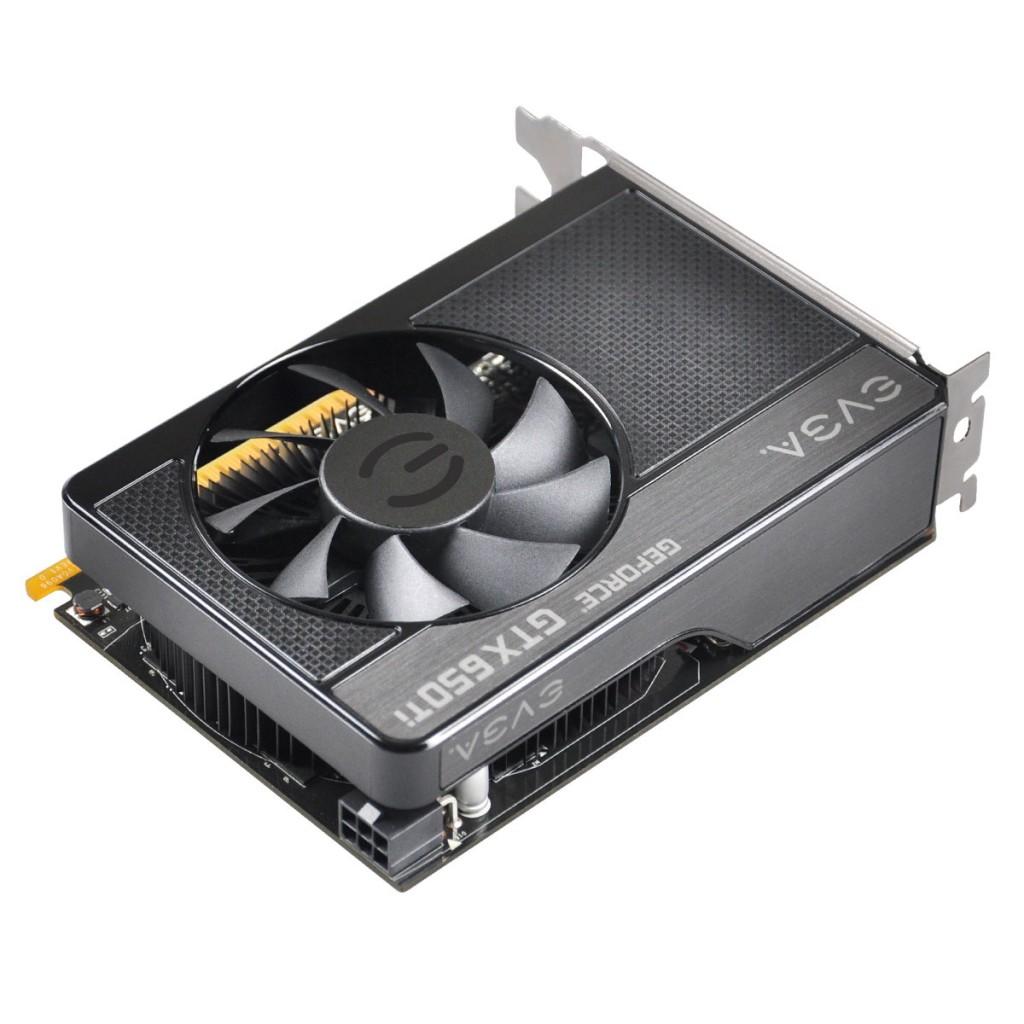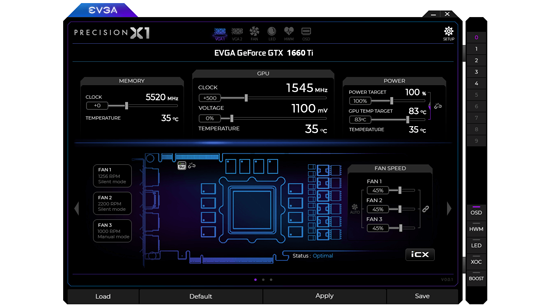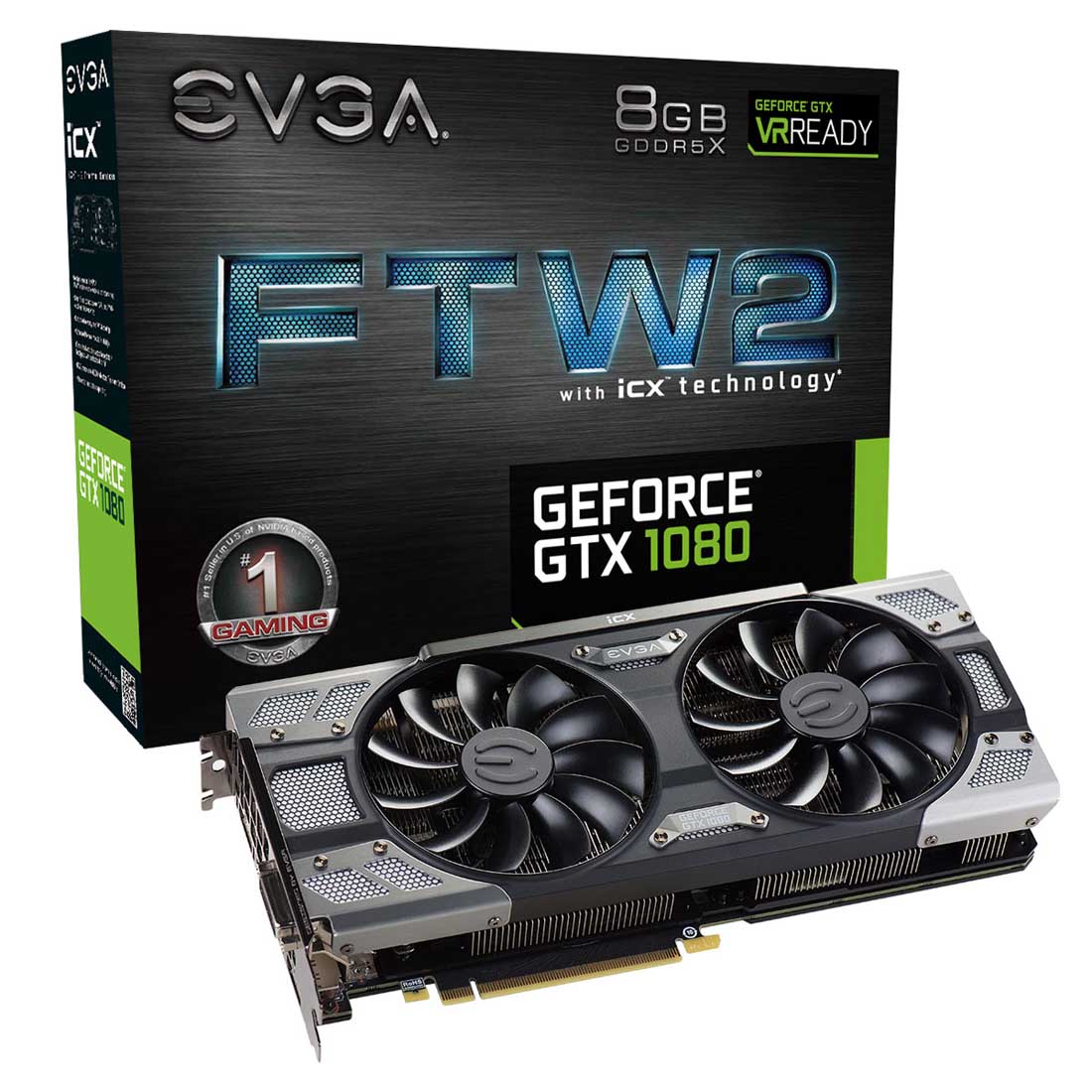
Courtesy of EVGAĮVGA put these marketing slides and videos together for their new ACX2.0 coolers, later on in the review we’ll discuss our findings.

We saw EVGA showing off a demo of this latest revision at CES and we’ve since reviewed it as part of the 970 SSC review. Thanks to Nvidia’s extremely power efficient architecture EVGA was able to design a cooler that doesn’t even have to turn on unless under heavy stress! Coined “dBi” or dB Noise Inverter, it turns off the fans of the cooler if the card is below 60C, which with no additional OC, we found is an awful lot of the time. The latest revision promises even quieter and more power efficient cooling than its predecessor. EVGA first introduced the ACX line back in May of 2013 with the launch of their 780 lineup. Now let’s open up that box and take a look at the card itself!Īs the name suggests the EVGA GeForce GTX 960 SSC ACX 2.0+ comes with EVGA’s latest revision to their ACX line of coolers. Then lastly there are choices such as backplates and how much of a factory overclock you are willing to pay for. The better (bigger PCB with more VRM phases) design also has a better cooler (ACX 2.0+). Then we have essentially two different PCB/coolers with different VRM designs. Most notable are the 4GB versions – we will be monitoring VRAM to see if 2GB really is enough for this card. The version we are reviewing is the SuperSC ACX 2.0+. So there are a few different versions of the GTX960.

Now let’s delve into what options we can get from EVGA for the GTX 960: Keep in mind that all cores are not created equal! CUDA Cores =/= Stream Processors performance wise, even Kepler Cores =/= Maxwell Cores. As usual, EVGA is currently offering no less than eight different SKUs ranging from $199.99 to $259.99.īelow you will find tables for all of the higher end AMD & Nvidia GPUs from the past couple of years. The 960 with it’s low reference power of 120W definitely is in that camp.ĮVGA provided our sample today, their EVGA GeForce GTX 960 SSC ACX 2.0+. While the 980 TI dominates in terms of capability it certainly is no longer in the low power camp. Now with the 900 series Nvidia has continued with their low power trend.

Although it wasn’t part of the 900 series and wasn’t the flagship card, it got enthusiasts craving for more Maxwell because it performed so well (at such low power) for such a low end card.

The reference design of the 750 Ti features a ridiculous TDP of 55W and doesn’t even require a single 6 pin power connector. The 750TI was our first taste of Maxwell back in February of last year. Nvidia launched the GTX 960 back in January adding another version of Maxwell below the excellent value GTX 970.


 0 kommentar(er)
0 kommentar(er)
